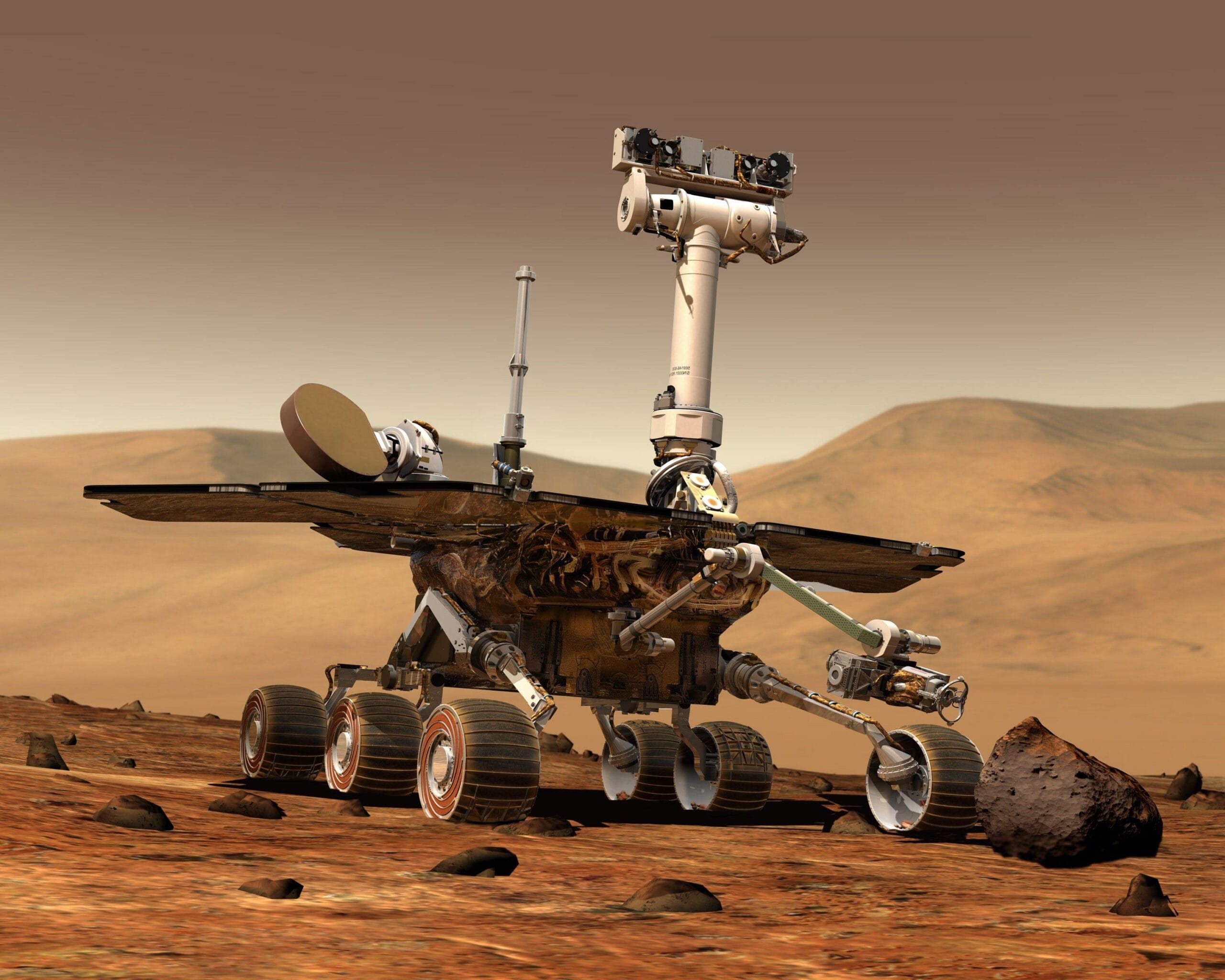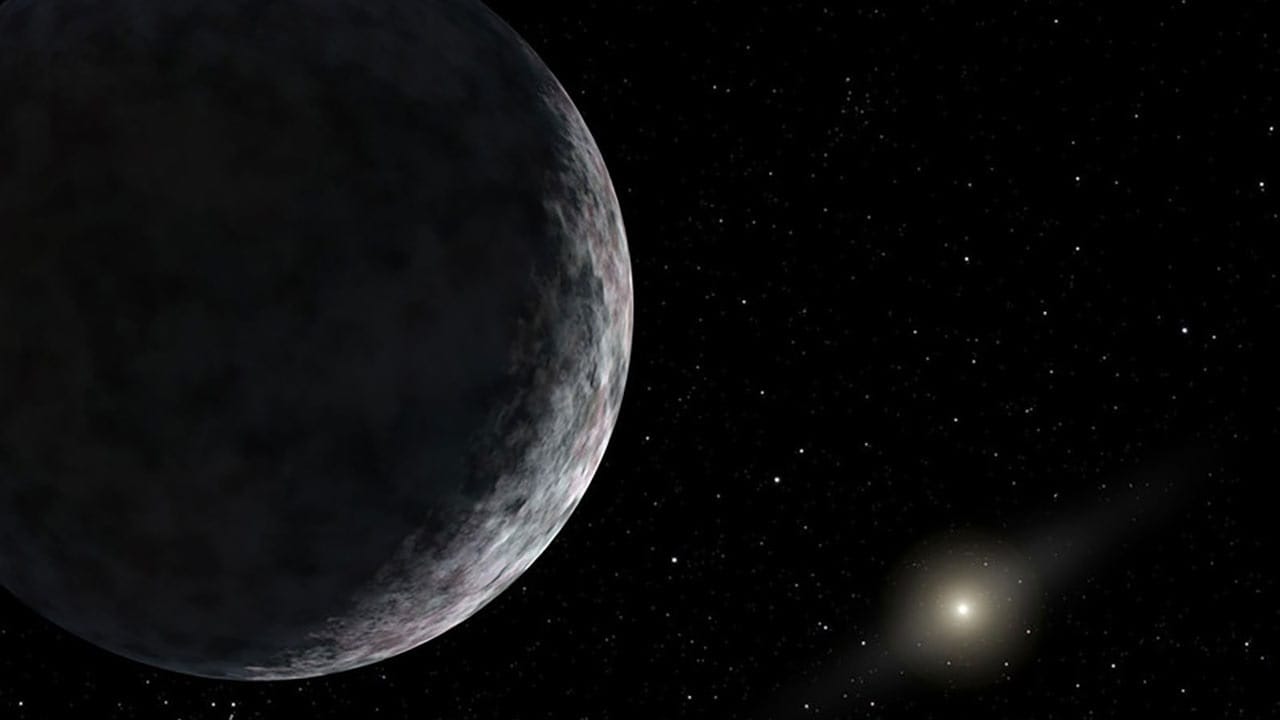The Perseverance rover, a vital part of NASA’s Mars 2020 mission, has recently achieved a significant milestone by successfully navigating out of a large crater on the Martian surface. This accomplishment not only showcases the rover’s advanced engineering and autonomous navigation capabilities but also sets the stage for future explorations and scientific discoveries on Mars. Launched on July 30, 2020, and landing on the Red Planet on February 18, 2021, Perseverance was designed to conduct a variety of scientific tasks, including searching for signs of past microbial life and collecting rock and soil samples for potential return to Earth. The rover’s journey has been marked by numerous challenges, including navigating treacherous terrain, extreme weather conditions, and the inherent complexities of operating on a distant planet. One of the most daunting obstacles was the large crater known as Jezero Crater, which is believed to have once contained a lake. The crater’s rugged landscape presented a unique set of challenges for the rover’s navigation systems. Engineers and scientists had to meticulously plan the rover’s path to ensure it could safely traverse the crater’s steep slopes and rocky surfaces. Utilizing its advanced autonomous navigation technology, Perseverance was able to analyze its surroundings in real-time and make decisions about its route. This capability is crucial for future missions, as it allows rovers to operate independently in environments that may be too dangerous or difficult for human operators to navigate remotely. The successful exit from the crater signifies a pivotal moment in the mission. With the rover now positioned on more stable terrain, it can resume its primary objectives, which include conducting detailed geological assessments and searching for biosignatures in ancient Martian rocks. The rover is equipped with a suite of scientific instruments designed to analyze the composition of the Martian surface, including the SHERLOC (Scanning Habitable Environments with Raman & Luminescence for Organics & Chemicals) instrument, which can detect organic compounds and minerals that may indicate past life. Perseverance’s exploration of Jezero Crater is particularly significant due to the crater’s history as a former lakebed. Scientists believe that this area may have preserved evidence of ancient microbial life, making it an ideal location for exploration. The rover has already begun to collect samples of rock and soil, which will be stored for potential future return missions. The implications of Perseverance’s findings extend beyond the immediate mission. The data collected during its exploration will inform the planning of subsequent missions, including the Mars Sample Return mission, which aims to bring Martian samples back to Earth for further analysis. This ambitious endeavor is a collaboration between NASA and the European Space Agency (ESA) and is expected to launch in the late 2020s. As Perseverance continues its journey across the Martian landscape, it will also contribute to our understanding of Mars’ climate and geology. The rover is equipped with the MEDA (Mars Environmental Dynamics Analyzer) instrument, which monitors weather conditions on the planet, providing valuable data that can help scientists understand the Martian environment and its potential for supporting life. Furthermore, the success of Perseverance’s navigation and scientific operations enhances the prospects for future robotic and human missions to Mars. NASA’s Artemis program aims to return humans to the Moon and use the experience gained there to prepare for human exploration of Mars. The knowledge acquired from Perseverance’s mission will be instrumental in developing the technologies and strategies needed for safe and effective human exploration of the Martian surface. In conclusion, the Perseverance rover’s successful navigation out of a large Martian crater marks a significant achievement in the ongoing exploration of Mars. As it resumes its scientific tasks, the rover will continue to provide critical insights into the planet’s geology and search for signs of ancient life. The data collected during this mission will not only advance our understanding of Mars but also pave the way for future explorations, including the ambitious goal of returning samples to Earth. The Perseverance mission exemplifies the spirit of exploration and the quest for knowledge that drives humanity to explore the cosmos.
Perseverance Rover Successfully Navigates Martian Crater: Future Missions Ahead


